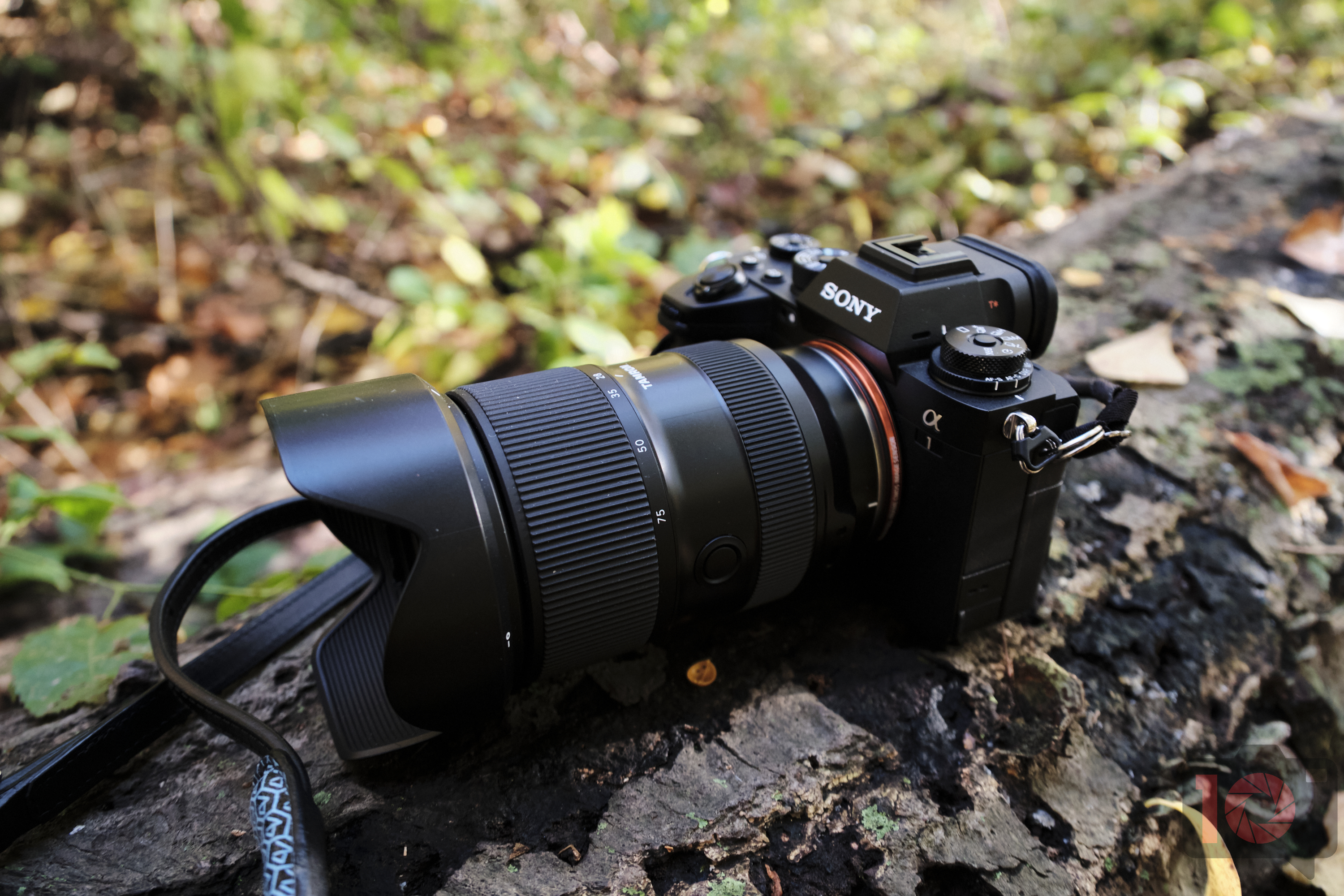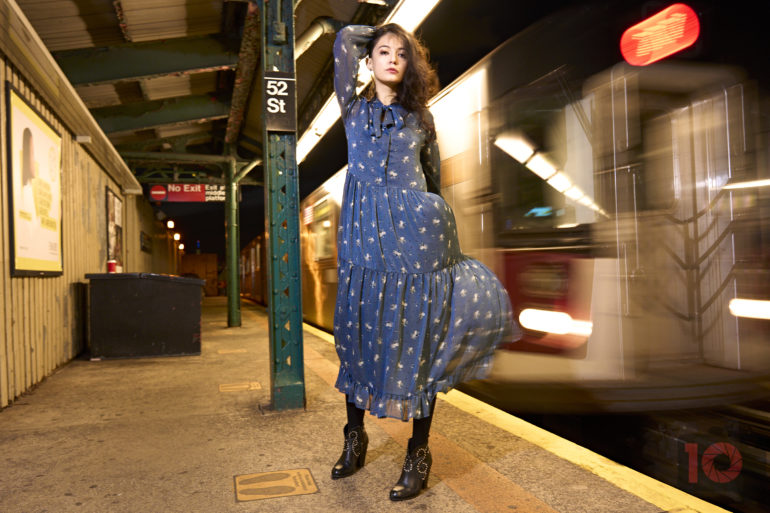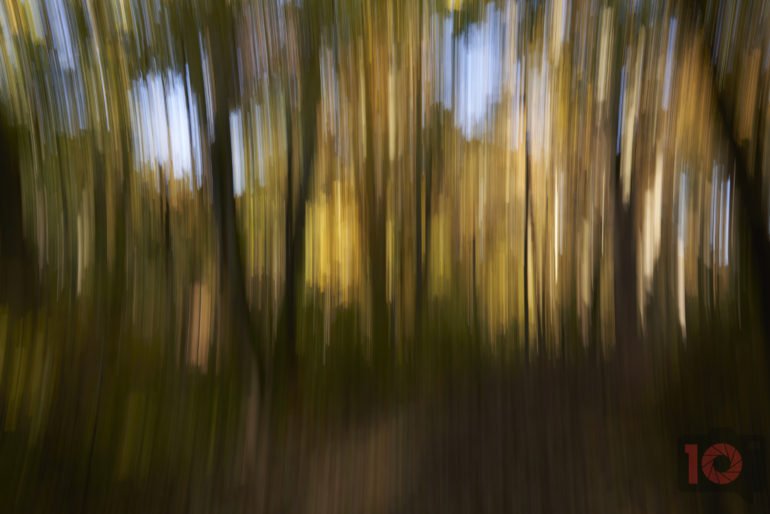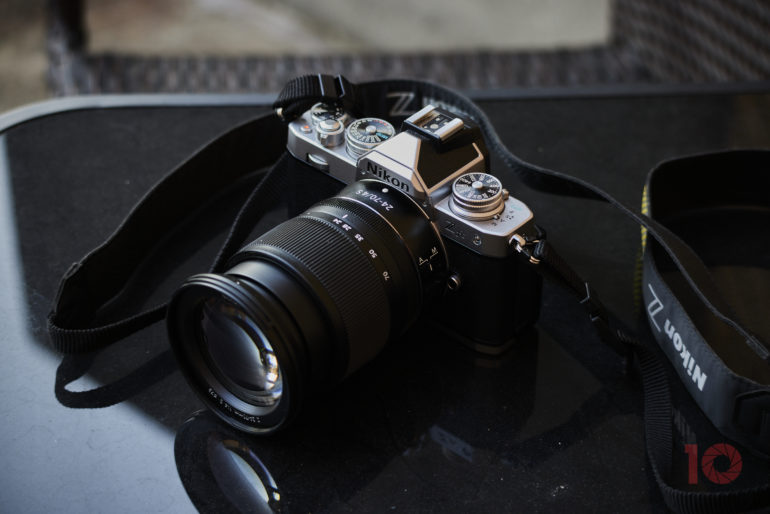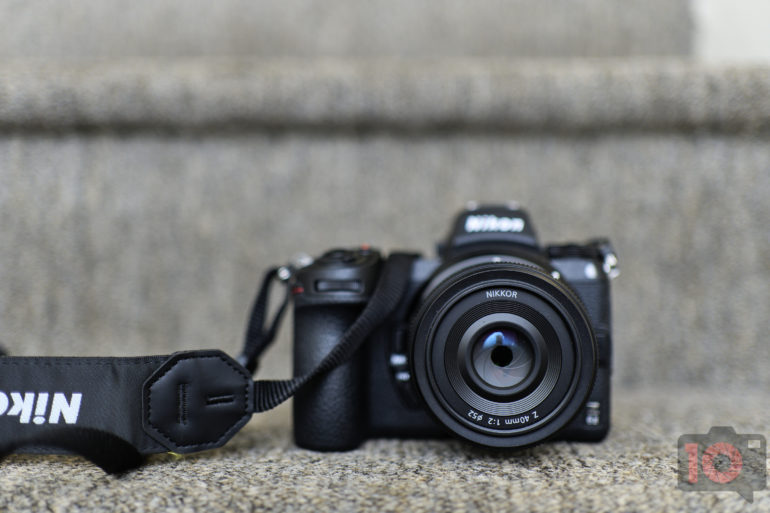Last Updated on 12/29/2021 by Chris Gampat
Years ago, we published an article called This Is Why Your Pictures Suck. To date, it’s one of our most popular articles. And it contains brutally honest advice from long-time photographer and podcast host Ibarionex Perello. He’s interviewed tons of photographers over the years who share their frank opinion on things. But since its original publishing in 2013, things have changed. You all have become better photographers for sure. Everyone, however, can deal with a little bit of exposure therapy. We’re not attacking anyone with our own hatreds or motivations. I’ve been on the receiving end of those, and they’re awful and moronic. So trust us, this isn’t that. They’re just plain facts. Here is why your photos suck.
You Haven’t Looked at Other Photographers and What They’re Doing (But Don’t Plagarize)
Each time I work with a new model, I go to my Behance profile and look at my mood boards. My staff knows that, many nights, I sit in bars alone scrolling through various places and rounding up story ideas. But I also try to round the ideas that speak to my creative self. At later points, I revisit these ideas and figure out better ways to express myself. It’s true, the reviews staff doesn’t always push themselves. And we don’t do that because if we did, we would alienate our audience. If I constantly reviewed cameras doing the multiple exposures and painterly methods I do, it wouldn’t always be a good test of the products. So instead, I reserve the best stuff for sponsored content and special projects.
Many times I look at what other photographers are doing and adapt their ideas . I’m not plagiarizing. I’m creating my own ideas, adding my own elements, choosing my own locations, etc. Moodboards and storyboards are meant to develop concepts. The true magic happens when you communicate with your subjects or you create your own ideas.
But to do that, you need to ask yourself a lot of questions. We’ll get to that later, and they’ll help you understand why your pictures suck.
Gear Matters, But Not as Much as You’d Think
Gear absolutely matters. I don’t shoot with Sony that often because they don’t have a multiple exposure mode as of the writing of this article. I don’t shoot with Fujifilm to capture wildlife often because Canon, Sony, Nikon, and Panasonic do it better. I don’t pack my Canon cameras and lenses when I want to pack lighter. And most of all, I don’t shoot digital when I want a very specific look. The gear you use matters for sure. But there are workarounds at times. I could do the multiple exposures in photoshop or using the Union app on my phone. I could suck it up and just bring my Canon cameras. And I could do the antiquated thing of choosing a focusing point to photograph a bird.
You can totally shoot a portrait with an 18mm lens, but you’ll need to adapt to what it lets you do. You can absolutely shoot a portrait with it, but you won’t get the same render that a 50mm lens will deliver. Trust us; if you don’t think outside of the box, all you think is that your pictures suck.
All You’re Doing Is Hitting the Shutter and Letting the Camera Do the Work
I see this happen way too often. Lots of photographers machine-gun shoot portraits. Why? Why not have intention before you hit the shutter button? Why not manually select the white balance? Why does everything need to be super sharp? What’s wrong with motion blur to create a different effect? I mean, the point of shooting in manual mode is to get a specific look. If you’re not using that, then you might as well shoot in another mode. This is one way to make sure that you don’t think your pictures suck at the end of a shoot.
Photoshop Isn’t Photography
We’ve said this a ton of times. I’ve gone as far to argue that Ansel Adams isn’t known for his photography, but for his chemistry and the darkroom work he’s done. Photoshop isn’t photography, it’s a totally different skill. If you’re compositing photos together, you’re not a photographer. You’re a photo editor.
Why not work to get exactly what you want in-camera instead. Why not be someone who creates with intent from the start?
You Aren’t Connecting with Your Own Photography
Lots of folks experience burnout and do nothing else but just click the shutter. They simply just sit back and capture instead of working the scene. There’s a huge difference between capturing and creating. There’s a time to capture scenes, but there are also ways you can do that creatively using special methods.
Connect with your own photography by doing something different to make it look unique.
You Aren’t Asking Yourself the Right Questions
Here’s what I often ask myself, and it can go on beyond this:
- Who is this person?
- Who am I and what defines me?
- What’s defining them?
- What is my purpose in life?
- What makes this person stand out from anyone else?
- We can’t always tell the differences between dogs. But if a dog looked at the subject and I, what would be more defining features?
- When are we photographing?
- What am I trying to express?
- Who is involved in this expression?
- What is the key message?
- What is the root of needing to express this?
- What’s the purpose?
- What’s the end game?
- How do I make people feel and see this message?
- How will I make someone stare at the image?
- How can I avoid needing to sit in post-production for a while?


